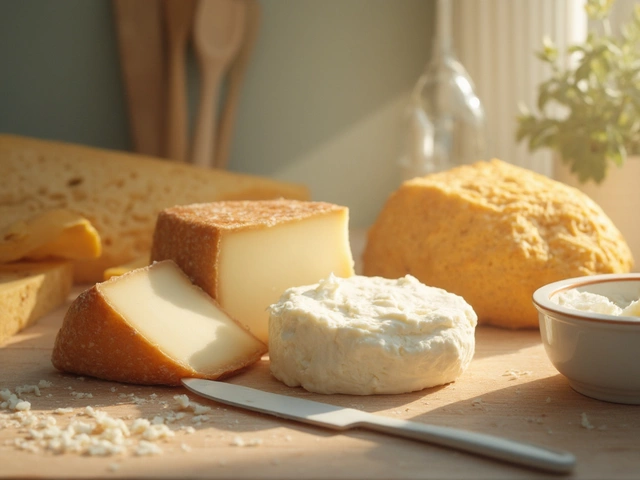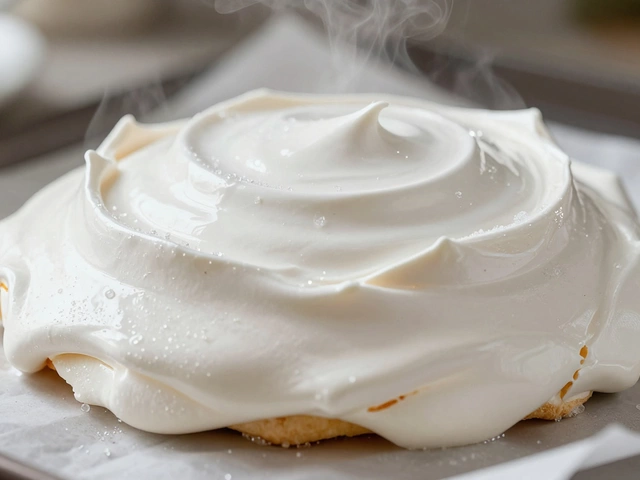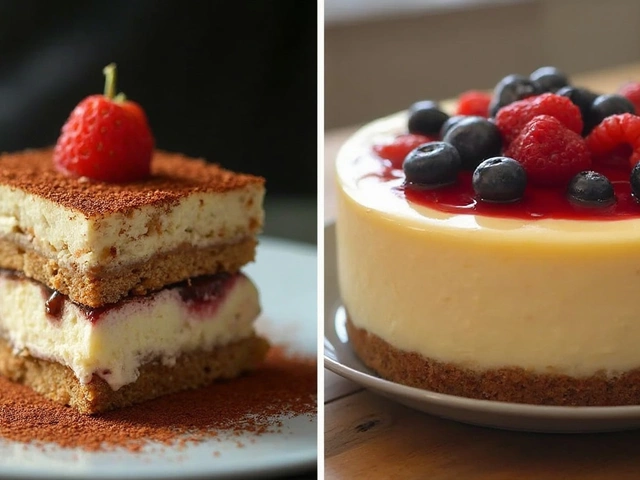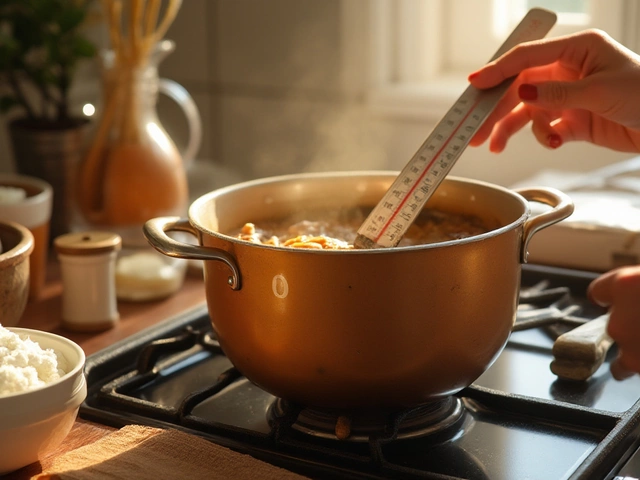Gluten Allergy: Easy Safe Dessert Ideas & Baking Tips
If you or someone you love has a gluten allergy, you don’t have to give up sweets. The key is knowing which ingredients are safe, how to keep gluten out of your kitchen, and which simple swaps work best. Below you’ll find practical tips you can start using today, plus a few go‑to dessert ideas that stay delicious and safe.
Understanding Gluten Allergy and Cross‑Contamination
Gluten allergy, including celiac disease, means the body reacts badly to the protein found in wheat, barley, and rye. Even a tiny amount of gluten can cause trouble, so it’s important to treat every ingredient and surface with care. Use separate bowls, utensils, and measuring spoons for gluten‑free work. If you share a kitchen with wheat‑based bakers, clean countertops, mixers, and even the inside of the oven with hot, soapy water before you start.
Look for the “gluten‑free” label on packaged items. It isn’t just about the ingredient list; the label also tells you the product passed a lab test for less than 20 ppm of gluten. When a product isn’t labeled, assume it might contain hidden gluten and skip it. Common hidden sources include malt flavoring, some food thickeners, and even certain sauces.
Gluten‑Free Baking Essentials
Gluten‑free flour blends are the foundation of safe desserts. A good blend mixes rice flour, potato starch, and tapioca flour in roughly equal parts. This mix mimics the texture of wheat flour without the gluten. If you buy a pre‑made blend, check the label for any dairy or nut additives you might want to avoid.
Binders are another must‑have because gluten normally holds baked goods together. Xanthan gum or guar gum work well; just add about a quarter teaspoon per cup of flour. If you prefer natural options, try a tablespoon of ground flaxseed mixed with three tablespoons of water. Let it sit for five minutes and you have a gel that mimics gluten’s binding power.
Eggs also add structure. If you’re allergic to eggs, replace each egg with a “flax egg” (one tablespoon ground flax + three tablespoons water) or use commercial egg replacers. These alternatives help keep cakes and cookies from falling apart.
Finally, keep an eye on moisture. Gluten‑free batters often need a bit more liquid to stay soft. If your batter looks dry, add a splash of milk (dairy or plant‑based) or a drizzle of oil. Test the batter’s consistency before baking— it should be smooth and pourable, not stiff.
Now that you have the basics, try one of these quick, gluten‑free desserts:
- Chocolate Mug Cake – Mix 4 Tbsp gluten‑free flour blend, 2 Tbsp cocoa powder, 2 Tbsp sugar, a pinch of salt, ¼ tsp baking powder, 1 egg, 3 Tbsp milk, and 2 Tbsp oil. Microwave 90 seconds and enjoy.
- Berry Crisp – Toss fresh berries with a bit of sugar and lemon juice. Top with a crumble made from oats, gluten‑free flour, butter, and brown sugar. Bake 30 minutes at 180 °C.
- Almond Butter Cookies – Combine 1 cup almond butter, ½ cup sugar, 1 egg, and a splash of vanilla. Scoop onto a tray and bake 10 minutes. No flour needed!
These recipes use a handful of pantry staples, so you won’t need a special trip to the store. Remember to double‑check every label and keep your workspace clean, and you’ll be able to satisfy any sweet tooth without risking a gluten reaction.
Gluten allergy doesn’t have to limit your dessert options. With the right tools, a few simple swaps, and a bit of practice, you can bake treats that are both safe and tasty. Keep experimenting, note what works best for your taste, and share your successes with friends who need gluten‑free ideas too.
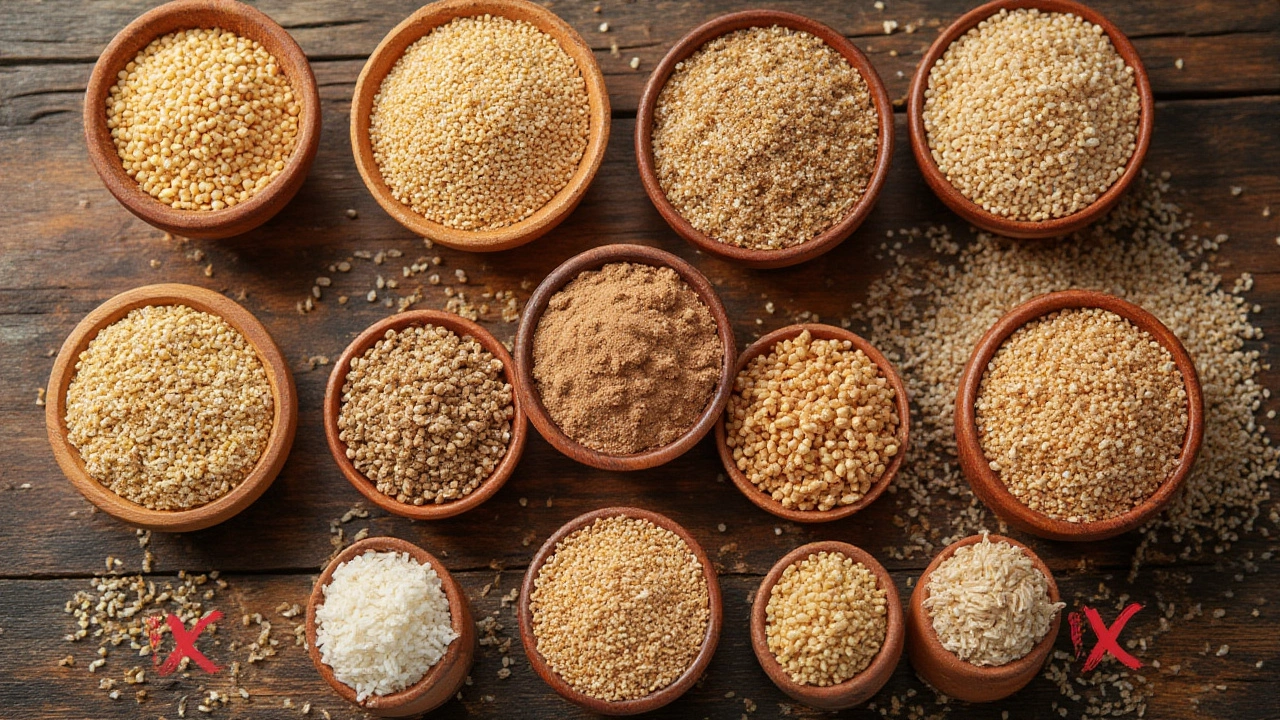
Gluten-Free Grains List: Which Grains Are Safe For A Gluten-Free Diet?
Confused about which grains are truly gluten-free? Dive into a full breakdown of gluten-free grains, tips, nutrition facts, and surprising gluten traps.
View More
